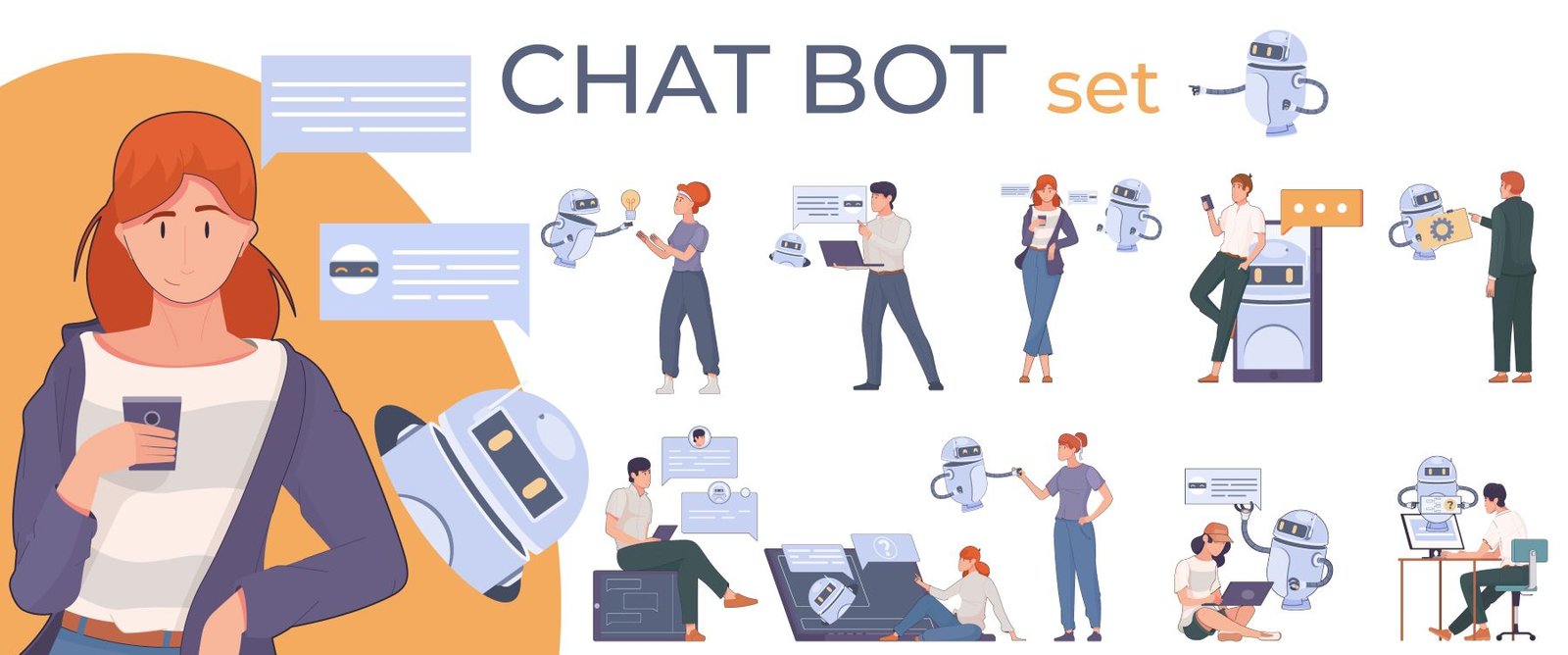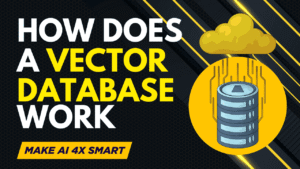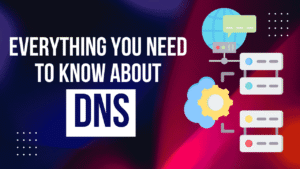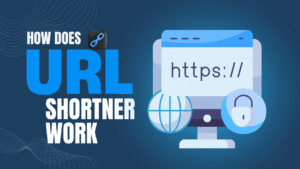Artificial intelligence has captured the imagination of developers, researchers, and enthusiasts worldwide. Whether it’s voice assistants like Siri, recommendation engines like Netflix’s, or autonomous robots, AI agents are at the core of modern technological marvels. This page walks you through creating a chatbot AI agent—from the foundational concepts to building one step by step—all while making it easy to understand.
On This Page
Table of Contents
What Are AI Agents?
Imagine a self-driving car navigating through traffic. It perceives its environment, makes decisions, and takes action. This is an example of an AI agent. An AI agent is an intelligent system that can:
- Perceive the environment using sensors or inputs.
- Reason to make decisions based on observations.
- Learn to improve performance over time.
- Act to achieve a specific goal.
Practical Examples of AI Agents
- Google Assistant: Understands voice commands to perform tasks like setting reminders or playing music.
- Chess Engines: Evaluate positions and calculate the best moves.
- Robots in Manufacturing: Assemble parts or monitor quality.
By understanding these examples, we can appreciate how versatile AI agents can be.
Core Components of an AI Agent
Before diving into creating an AI agent, it’s important to understand its key components:
| Component | Description |
|---|---|
| Perception | Collects information from the environment (e.g., images, sound, text). |
| Reasoning | Uses logic and algorithms to make decisions. |
| Learning | Improves over time using machine learning techniques. |
| Action | Performs tasks, such as sending a response or controlling a robot. |
These components work together to make the AI agent intelligent and responsive.
Choosing the Right Tools and Frameworks
Building an AI agent requires selecting the right tools. Here are some common tools:
Programming Languages
- Python: Popular for its simplicity and vast library support.
- Java: Known for its robustness and scalability.
AI Frameworks
- TensorFlow: Excellent for deep learning projects.
- PyTorch: Favored for research and development.
- OpenAI Gym: Perfect for reinforcement learning.
APIs
- Google Cloud AI: Offers natural language and vision APIs.
- OpenAI API: Enables language model integration.
Choose tools based on your project’s complexity and goals.
Step-by-Step Tutorial: Create Your First chatbot AI Agent
Let’s create a simple chatbot AI agent using Python. This agent will respond to basic user queries. Follow these steps:
Step 1: Define the Problem
Ask yourself:
- What inputs and outputs are expected?
- What problem should the AI agent solve?
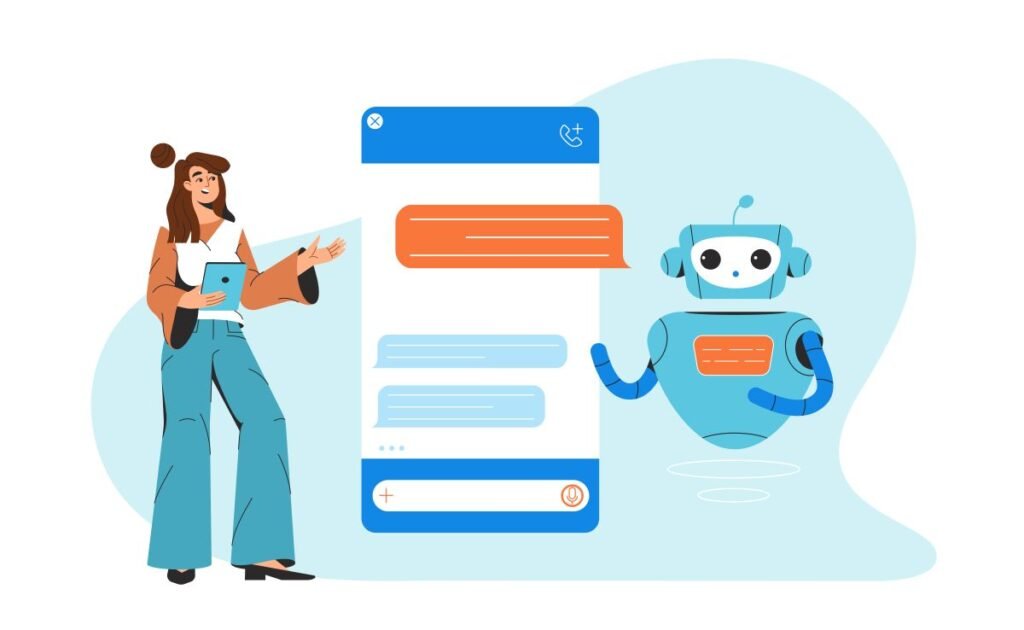
For this tutorial, we’ll create a chatbot that responds to common questions like:
- “What is your name?”
- “What is AI?”
Step 2: Set Up Your Environment
- Install Python (download here).
- Install necessary libraries:
pip install nltk - Create a project folder:
mkdir ai_agent && cd ai_agent
Step 3: Create the Chatbot Logic
Import libraries:
import nltk from nltk.chat.util
import Chat, reflectionsDefine chatbot responses:
pairs = [
[ r"what is your name\?", ["I am a chatbot created to assist you.", "You can call me ChatBot!"] ],
[ r"what is ai\?", ["AI stands for Artificial Intelligence, enabling machines to think like humans."] ],
[ r"bye", ["Goodbye! Have a great day!", "See you later!"] ]
]Build the chatbot:
def chatbot(): print("Hi! I am your chatbot. Type 'bye' to exit.")
chat = Chat(pairs, reflections)
chat.converse()
if __name__ == "__main__": chatbot()Run the script:
python chatbot.pyYou’ve built a basic chatbot! Try asking it questions and see how it responds.
Key Algorithms for AI Agents
Depending on the complexity, your AI agent may use advanced algorithms. Here are some examples:
| Algorithm Type | Use Case |
|---|---|
| Supervised Learning | Email spam filtering, image classification. |
| Unsupervised Learning | Clustering data into groups. |
| Reinforcement Learning | Game-playing agents like AlphaGo. |
| NLP Techniques | Sentiment analysis, chatbots. |
Integrating AI Agents with Applications
To make your AI agent accessible, you can integrate it into web or mobile apps. Here’s how:
For Web Applications
- Use Flask or Django to create a web interface.
- Deploy your AI agent as a REST API.
For Mobile Applications
- Connect your app to the AI agent using APIs.
- Use frameworks like React Native or Flutter.
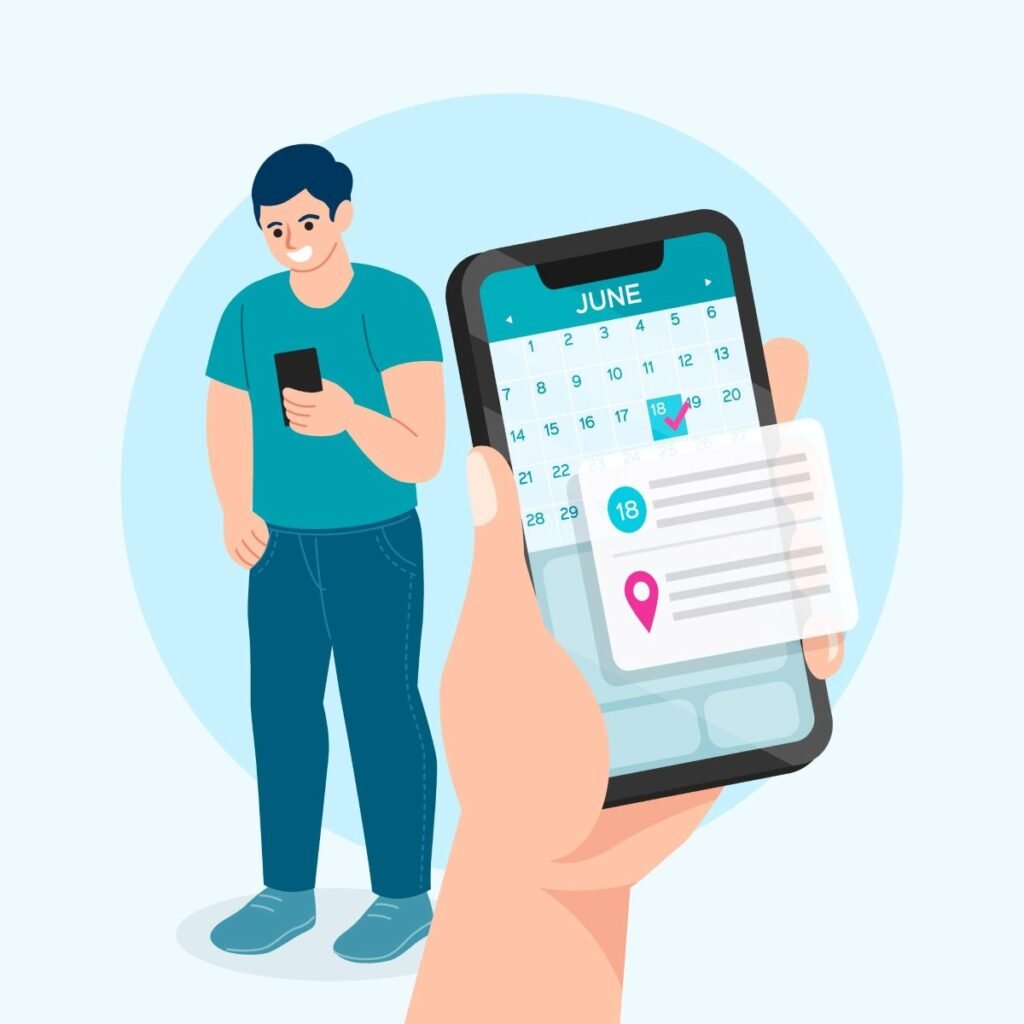
Ethical Considerations and Challenges
Creating AI agents involves ethical responsibilities:
- Bias: Ensure your AI agent is trained on diverse datasets.
- Privacy: Protect user data with encryption.
- Transparency: Clearly communicate what the AI agent can and cannot do.
Ethics is as important as functionality when designing AI agents.
Future Trends in AI Agents
As AI evolves, so will AI agents. Key trends include:
- Multi-Modal AI: Combining text, image, and voice processing.
- Generative AI: Creating content such as images and text.
- Autonomous Systems: Enhanced self-driving cars and robots.
WrapUP
Building an AI agent is an exciting journey that blends creativity, logic, and technology. From understanding the fundamentals to deploying real-world applications, this guide has covered the essential steps and considerations. The key is to start small, experiment, and continuously learn. With practice, your AI agent could become the next game-changing innovation in artificial intelligence.
Ready to build your own AI agent? Start today, and who knows—you might create something truly extraordinary!
FAQs
What is an AI agent?
An AI agent is a system that can perceive its environment, reason about it, make decisions, and perform actions to achieve specific goals. Examples include virtual assistants, self-driving cars, and recommendation systems.
What are the key components of an AI agent?
The key components include:
Perception: Collects data from the environment.
Reasoning: Processes and analyzes the data.
Learning: Improves performance over time.
Action: Executes tasks based on decisions.
What programming languages are commonly used for creating AI agents?
The most popular languages are:
Python: Versatile with a rich ecosystem of libraries like TensorFlow and scikit-learn.
Java: Reliable for large-scale applications.
R: Focused on statistical analysis.
What are the common types of AI agents?
Simple Reflex Agents: React to conditions with predefined rules.
Model-Based Agents: Maintain an internal state to handle complex scenarios.
Goal-Based Agents: Work towards achieving specific objectives.
Learning Agents: Adapt and improve through experiences.
Can I use pre-trained models to create an AI agent?
Yes, pre-trained models like OpenAI’s GPT, BERT, or YOLO can significantly reduce development time for tasks like language processing, image recognition, or object detection.
What tools and frameworks are best for AI development?
Some popular ones include:
TensorFlow: For deep learning.
PyTorch: Research and experimentation.
Scikit-learn: Classical machine learning.
OpenAI API: For language-based AI agents.
How can I build a chatbot AI agent?
You can follow these steps:
Define the chatbot’s purpose.
Prepare a dataset for training or use pre-defined intents.
Select a framework like Rasa or Dialogflow.
Train the model and integrate it with a user interface.
What hardware is needed to train an AI agent?
For most AI tasks, a system with:
A powerful GPU (e.g., NVIDIA RTX series) is ideal for deep learning.
Adequate RAM (16GB or more).
A modern CPU (e.g., Intel i7/i9 or AMD Ryzen series).
For smaller projects, cloud-based services like Google Colab or AWS are sufficient.
How long does it take to create an AI agent?
The timeline varies depending on the project:
A simple chatbot can be built in a few hours.
Complex systems like a recommendation engine might take weeks or months.
Can I deploy an AI agent on the web?
Yes, you can deploy it as a REST API using frameworks like Flask or Django. This allows integration with web and mobile applications.
What is the difference between AI and machine learning in AI agents?
AI: Refers to the broader concept of machines mimicking human intelligence.
Machine Learning (ML): A subset of AI that involves training models to perform specific tasks.
ML is often used in AI agents to enable learning and decision-making.
How do AI agents learn?
AI agents learn through:
Supervised Learning: Learning from labeled data.
Unsupervised Learning: Identifying patterns in unlabeled data.
Reinforcement Learning: Learning by interacting with the environment and receiving rewards or penalties.
Are there any ethical concerns in building AI agents?
Yes, common concerns include:
Bias: AI models may inherit biases from training data.
Privacy: Sensitive user data must be protected.
Transparency: Users should understand how the AI makes decisions.
How can I make my AI agent accessible to non-technical users?
Create a simple user interface (UI).
Provide documentation for usage.
Use platforms like chat interfaces or voice commands for interaction.
What are some challenges in creating AI agents?
Data Quality: Poor or biased data can affect performance.
Computational Resources: High-end hardware is often needed for training.
Algorithm Complexity: Advanced models require expertise to implement effectively.
How can I integrate AI agents into existing systems?
AI agents can be integrated using:
APIs: Connect the agent as a service to existing applications.
SDKs: Incorporate AI functionality directly into the app’s codebase.
What are some real-world applications of AI agents?
Chatbots: Provide customer support.
Virtual Assistants: Manage schedules and tasks.
Recommendation Systems: Suggest products or content.
What’s the future of AI agents?
Future trends include:
Multi-modal AI: Combining text, audio, and visuals for richer interactions.
Generative AI: Creating unique content like images or stories.
Self-learning Agents: Capable of adapting without additional programming.
